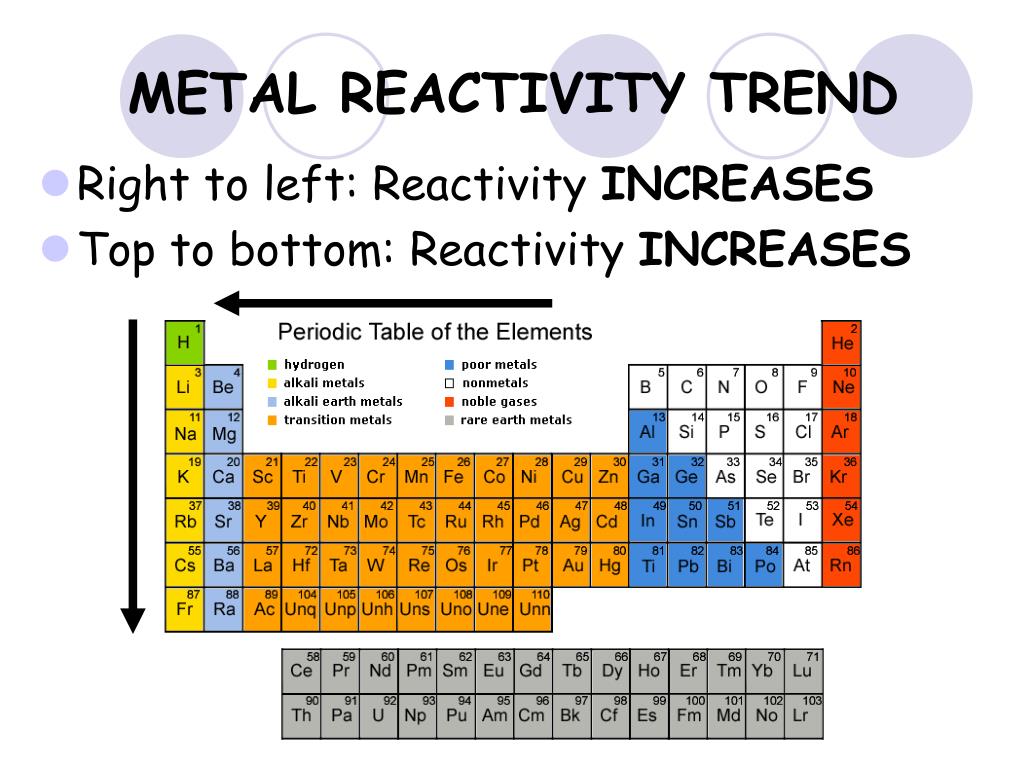


Cyclomatic number of pseudograph and homeomorphism of Counting of cycles and components from electrons and atoms The point on the plane of isoteric ensembles as a set

Topological trends in the plane of isoteric ensembles V.4.A. Distinguishing between molecules in the plane of isoteric ensembles Regularities in the polymorphism of isosteric ensembles THE ART AND LOGIC OF EQUALIZATION: Classification of isosteric ensembles V.1. Choice of global similarity parameters: importance of theĮlectron count V. Problems of global classification and their avoidance Atomic periodicity versus molecular? IV.2.
#Chemical series periodic table how to#
How to talk about molecular periodicity IV.1.A. Periodic systems of objects smaller than atoms IV. PERIODIC SYSTEMS IN OTHER SCIENCES III.1. +Physics Department, Southern College, P.O. *Chemistry Department, Moscow State University, Moscow, 24-81.īelow is the original text of this paper (copyrightīefore editorial revision the initial manuscript hadįrom Mendeleev Table to Molecular Hyper-Periodicity Research Studies Press, London, 1996, pp. Was published in the book: Concepts in Chemistry:Ī Contemporary Challenge. "The Concepts of Periodicity and Hyper-Periodicity: Because its 2n shell is filled, it is energetically stable as a single atom and will rarely form chemical bonds with other atoms.The paper of Eugene Babaev and Ray Hefferlin For instance, lithium ( Li \text Ne start text, N, e, end text ), on the other hand, has a total of ten electrons: two are in its innermost 1 s 1s 1 s 1, s orbital and eight fill the second shell-two each in the 2 s 2s 2 s 2, s and three p p p p orbitals, 1 s 2 1s^ 2 1 s 2 1, s, squared 2 s 2 2s^ 2 2 s 2 2, s, squared 2 p 6 2p^6 2 p 6 2, p, start superscript, 6, end superscript. Elements in the second row of the periodic table place their electrons in the 2n shell as well as the 1n shell. After the 1 s 1s 1 s 1, s orbital is filled, the second electron shell begins to fill, with electrons going first into the 2 s 2s 2 s 2, s orbital and then into the three p p p p orbitals.
#Chemical series periodic table plus#
The second electron shell, 2n, contains another spherical s s s s orbital plus three dumbbell-shaped p p p p orbitals, each of which can hold two electrons. Hydrogen and helium are the only two elements that have electrons exclusively in the 1 s 1s 1 s 1, s orbital in their neutral, non-charged, state.

On the periodic table, hydrogen and helium are the only two elements in the first row, or period, which reflects that they only have electrons in their first shell. This is written out as 1 s 2 1s^ 2 1 s 2 1, s, squared, referring to the two electrons of helium in the 1 s 1s 1 s 1, s orbital. Helium has two electrons, so it can completely fill the 1 s 1s 1 s 1, s orbital with its two electrons. This can be written out in a shorthand form called an electron configuration as 1 s 1 1s^ 1 1 s 1 1, s, start superscript, 1, end superscript, where the superscripted 1 refers to the one electron in the 1 s 1s 1 s 1, s orbital. Hydrogen has just one electron, so it has a single spot in the 1 s 1s 1 s 1, s orbital occupied. The 1 s 1s 1 s 1, s orbital is the closest orbital to the nucleus, and it fills with electrons first, before any other orbital. The first electron shell, 1n, corresponds to a single 1 s 1s 1 s 1, s orbital.


 0 kommentar(er)
0 kommentar(er)
